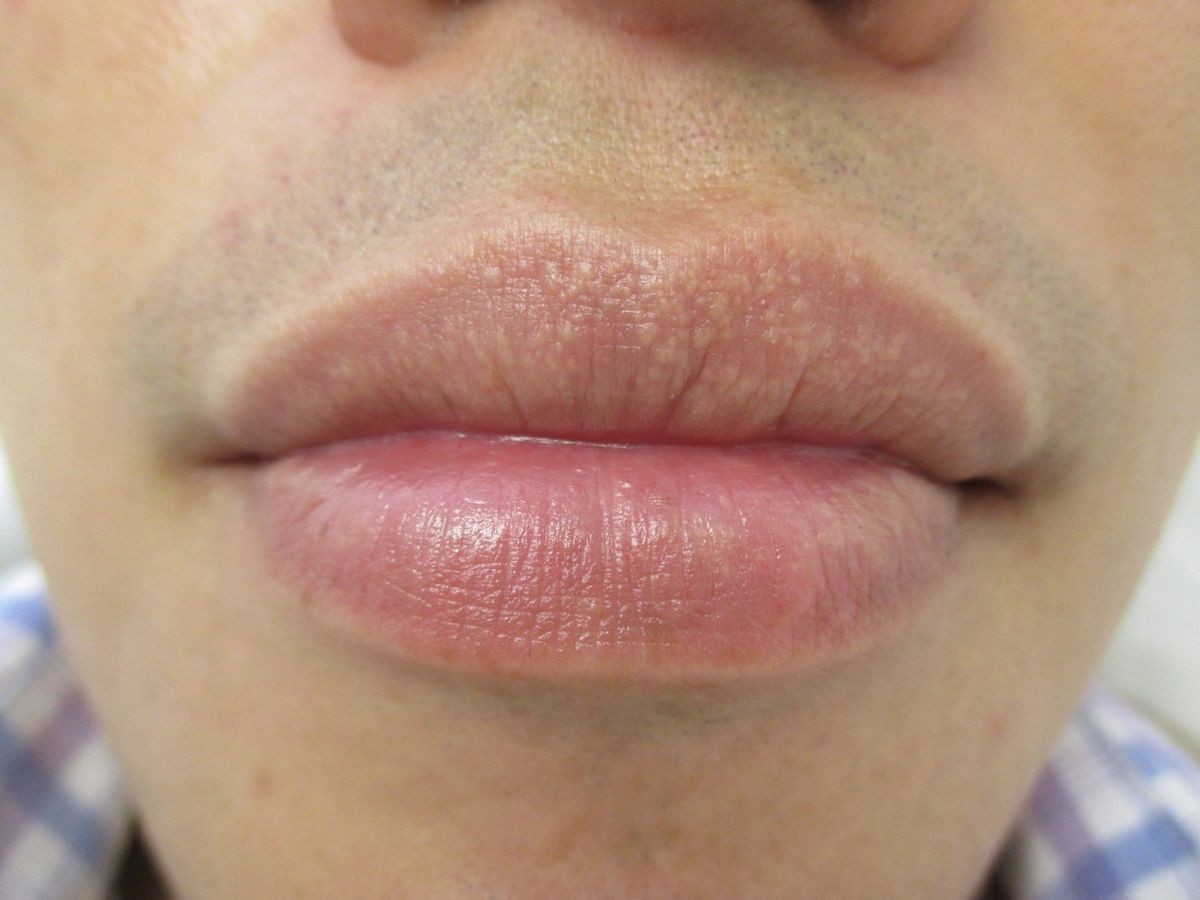
Contents
Getting Rid of Fordyce Spots
To eliminate Fordyce spots, you can try various treatments, including natural remedies and medical options.
- Topical treatments
- Apply over-the-counter creams and gels with retinoids or alpha-hydroxy acids to reduce the appearance of Fordyce spots.
- These treatments promote skin cell turnover and exfoliation, making the spots less noticeable.
- Although they take time to be effective, these treatments can reduce the visibility of the spots.
- Laser therapy
- CO2 laser or pulsed dye laser can destroy the sebaceous glands causing Fordyce spots.
- This more invasive treatment may require multiple sessions, but it effectively removes the spots.
- Laser therapy targets and breaks down the pigment in the spots, making them less visible.
- Cryotherapy
- Freezing the Fordyce spots with liquid nitrogen destroys the sebaceous glands.
- This safe and minimally invasive procedure may require multiple sessions but effectively reduces the appearance of the spots.
- Electrocautery
- Using an electric current, this more invasive option destroys the sebaceous glands causing Fordyce spots.
- Surgery
- Electrosurgery: A minor procedure that uses a high-frequency electrical current to burn the Fordyce spots.
- Micro-punch surgery: This procedure involves creating small holes in the skin to target and remove the Fordyce spots.
- Home remedies
- Apply aloe vera gel and lemon juice to the affected area, and drink plenty of water to improve skin health.
Some natural remedies that may help remove Fordyce spots include:
- Apple cider vinegar (ACV): ACV has antimicrobial properties and can control excess oil production. Apply a mixture of ACV and water to the spots twice a week.
- Garlic: Garlic’s anti-inflammatory and antimicrobial properties can eradicate bacteria. Crush garlic cloves, blend with water, and add lemon juice for taste.
- Coconut oil: Use coconut oil as a moisturizer to treat dry skin and prevent excess sebum production. Apply directly or mix with lavender oil.
- Jojoba or argan oil: Rich in vitamin E, these oils can help treat Fordyce spots. Mix them together and apply to the spots.
Although there is no scientific evidence proving the efficacy of natural remedies, consult a doctor before trying them.
By following these methods, you can reduce the visibility of Fordyce spots. However, they do not provide a permanent cure and may require multiple treatments. Consult a dermatologist to determine the best treatment for you. Fordyce spots are harmless and do not require treatment.
What are Fordyce spots?
Fordyce spots, also known as sebaceous prominence, are small raised bumps that appear on the lips, inside the cheeks, and on the genitalia. They are generally asymptomatic but can be unsightly. Although harmless, individuals often seek ways to minimize their appearance.
If you have concerns about the appearance of Fordyce spots, consult a dermatologist to discuss potential treatment options.
What do Fordyce spots look like?
Fordyce spots, also known as Fordyce granules or Fordyce bumps, are small, raised, pale or yellow-white bumps.
Fordyce spots typically have the following appearance:
- Small: Usually 1 to 3 mm in size.
- Raised: Slightly elevated above the skin.
- Pale or yellow-white: Stand out against the surrounding skin.
- Smooth: Have a non-rough surface.
- Painless: Do not cause discomfort or itching.
They can range in color from pale red to yellow-white and may cluster together. If pressed, a chalky or cheesy substance may be released.
Fordyce spots are benign and do not pose health risks. However, some individuals seek treatment for cosmetic reasons.
IMAGES
What causes Fordyce spots?
Fordyce spots are caused by enlarged sebaceous glands, although the exact cause remains uncertain.
The following are commonly cited causes of Fordyce spots:
- Sebaceous glands: Enlarged sebaceous glands lead to the formation of small bumps on the skin’s surface.
- Hormonal changes: Puberty or menopause can cause the sebaceous glands to become more active and enlarge.
- Genetics: Fordyce spots may be inherited.
- Inflammation: Inflammation of the sebaceous glands can cause them to enlarge and result in Fordyce spots.
- Aging: The sebaceous glands may become less active or overactive with age, leading to Fordyce spots.
- Gender: Men are more likely to develop Fordyce spots.
Fordyce spots are a normal occurrence and not a sign of illness or disease. If concerned, consult a healthcare provider for evaluation and treatment recommendations.
How to care for Fordyce spots
To effectively manage Fordyce spots, follow these care tips:
- Maintain good hygiene: Regularly wash the affected area with soap and water to prevent infection and reduce the appearance of Fordyce spots.
- Avoid irritants: Steer clear of products that may worsen Fordyce spots, such as lip balms, toothpaste, and cosmetics, or choose mild alternatives.
- Stay hydrated: Drinking plenty of water helps keep the skin hydrated and reduces the appearance of Fordyce spots.
- Eat a balanced diet: A diet rich in fruits, vegetables, and whole grains can improve skin health and minimize the appearance of Fordyce spots.
- Use a warm compress: Applying a warm compress to the affected area reduces inflammation and the appearance of Fordyce spots. Use a cloth soaked in warm water and apply for a few minutes.
- Consider over-the-counter treatments: Tea tree oil, witch hazel, and aloe vera may help minimize Fordyce spots, but consult a doctor before trying any new treatments.
- Consult a doctor: If Fordyce spots persist or cause significant distress, seek medical evaluation and treatment.
These measures can reduce the visibility of Fordyce spots and improve skin health.
Sources: NORD. Fox Fordyce Disease. https://rarediseases.org/rare-diseases/fox-Fordyce-disease/
Ngan V. Fordyce Spots. DermNet New Zealand Trust. https://dermnetnz.org/topics/Fordyce-spots/
British Association of Dermatologists. Fox-Fordyce Disease.
British Association of Dermatologists. Fox-Fordyce Disease.


